An Important Epiphany
struwwelpeter
14 years ago
Related Stories
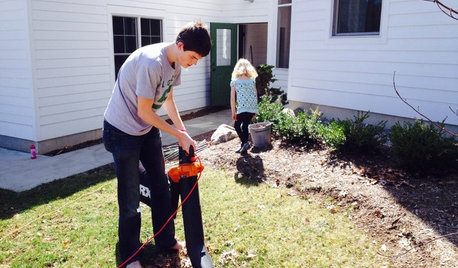
LIFEChore Time: How to Work Better as a Family
That’s not just a crumb-strewn counter or a yard scattered with leaves. It’s a valuable opportunity
Full Story
LIFEDecluttering — How to Get the Help You Need
Don't worry if you can't shed stuff and organize alone; help is at your disposal
Full Story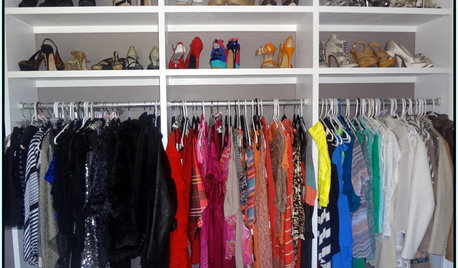
STORAGE5 Tips for Lightening Your Closet’s Load
Create more space for clothes that make you look and feel good by learning to let go
Full Story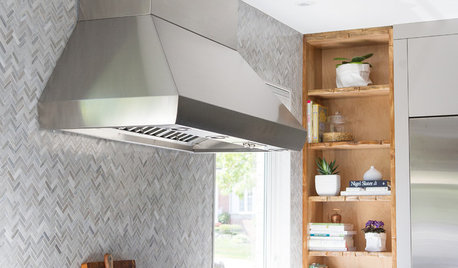
KITCHEN DESIGNKitchen of the Week: Function and Flow Come First
A designer helps a passionate cook and her family plan out every detail for cooking, storage and gathering
Full Story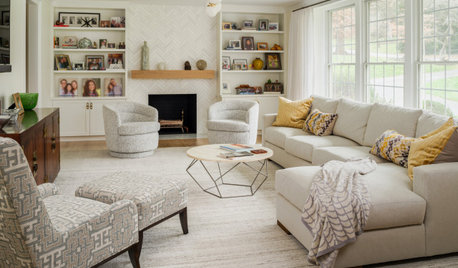
DECLUTTERINGYour Clutter-Clearing Plan for the New Year
Tackle these tasks month by month for a decluttering strategy that will really pay off
Full Story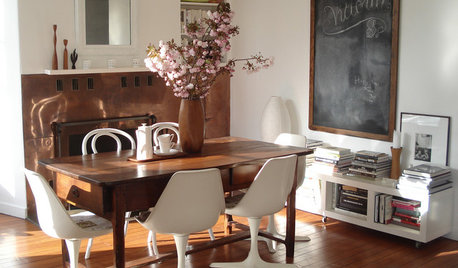
LIFEThe Wisdom of Kenny Rogers, for Declutterers
No need to gamble on paring-down strategies when the country music legend has already dealt out some winning advice
Full Story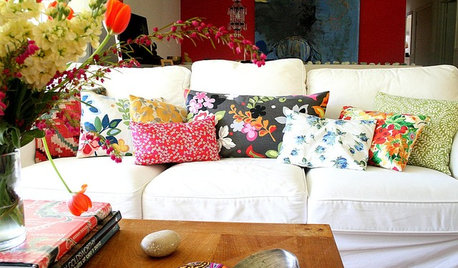
LIFE7 Tips to Get With a New Minimalist Mentality
Feeling overwhelmed by your stuff? Here's how to pare down, simplify and keep just what you need and love at home
Full Story
MOST POPULAR5 Remodels That Make Good Resale Value Sense — and 5 That Don’t
Find out which projects offer the best return on your investment dollars
Full Story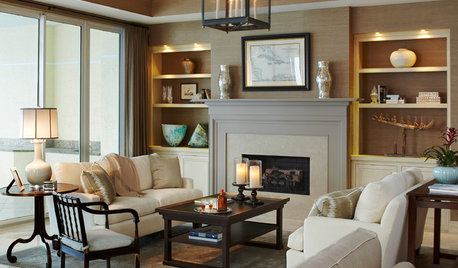
LIGHTINGGet Turned On to a Lighting Plan
Coordinate your layers of lighting to help each one of your rooms look its best and work well for you
Full Story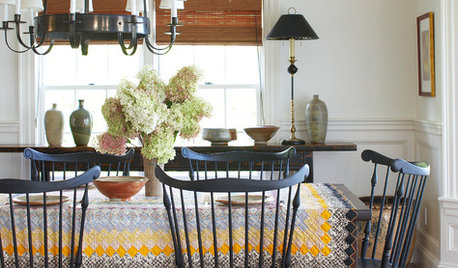
DECLUTTERINGEscape the Inheritance Trap: What to Do With Sentimental Pieces
Too meaningful to toss but too hideous, precious or unusual to display? These ideas can help
Full StoryMore Discussions






taz6122
struwwelpeterOriginal Author
Related Professionals
Middle Island Landscape Architects & Landscape Designers · Saint Louis Park Landscape Architects & Landscape Designers · Wheeling Landscape Architects & Landscape Designers · Holtsville Landscape Contractors · Lyndhurst Landscape Contractors · Middle River Landscape Contractors · Seymour Landscape Contractors · South Portland Landscape Contractors · Southbury Landscape Contractors · Kingsburg Landscape Contractors · Fort Lauderdale Fence Contractors · Libertyville Fence Contractors · Santa Ana Fence Contractors · Burlington Roofing & Gutters · SeaTac Roofing & Gutterstaz6122
struwwelpeterOriginal Author
struwwelpeterOriginal Author
taz6122
jessicavanderhoff
struwwelpeterOriginal Author